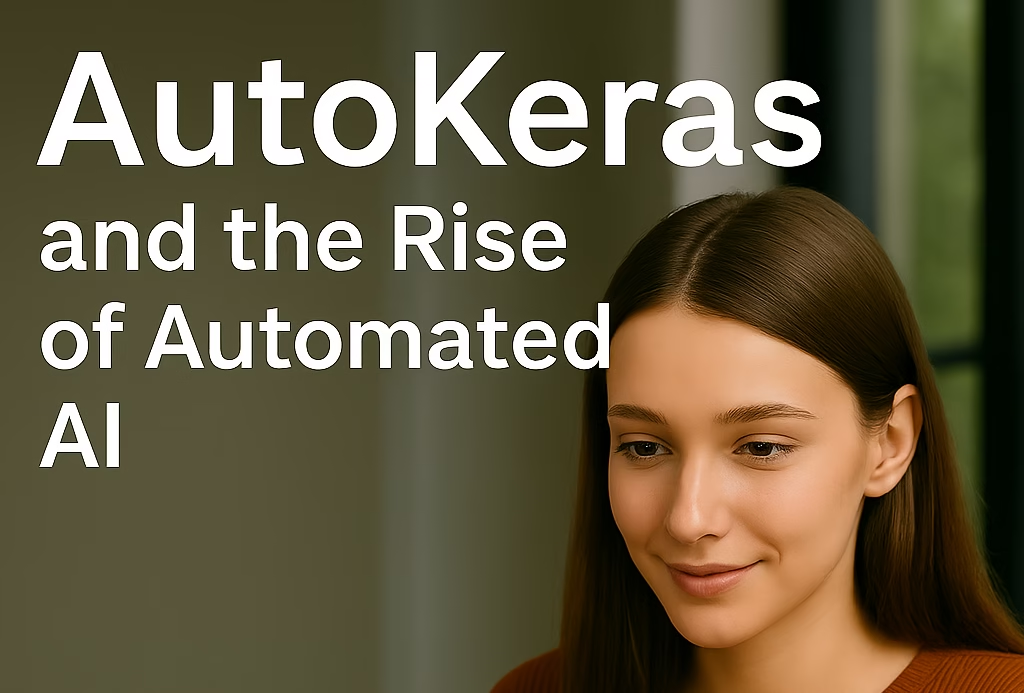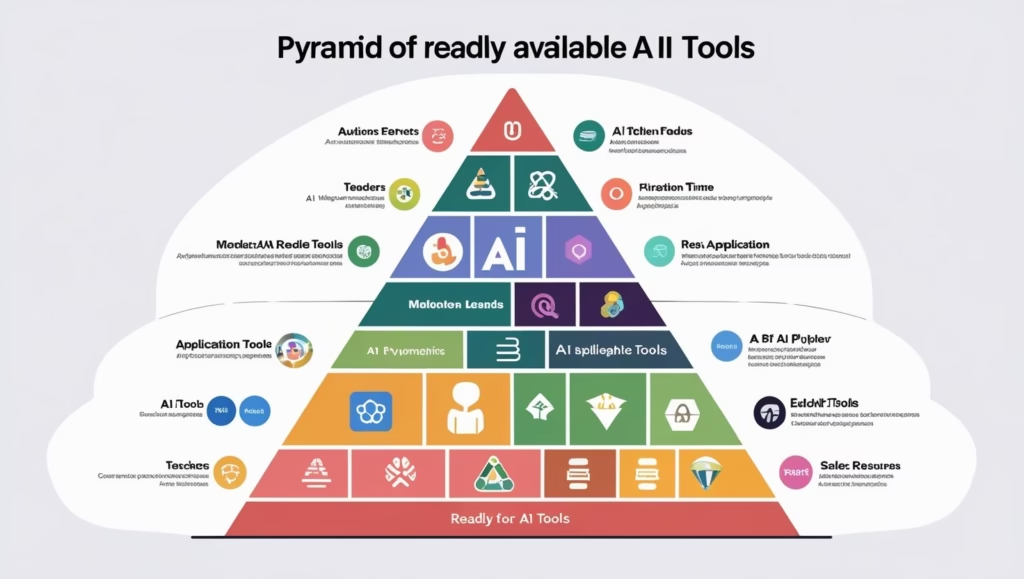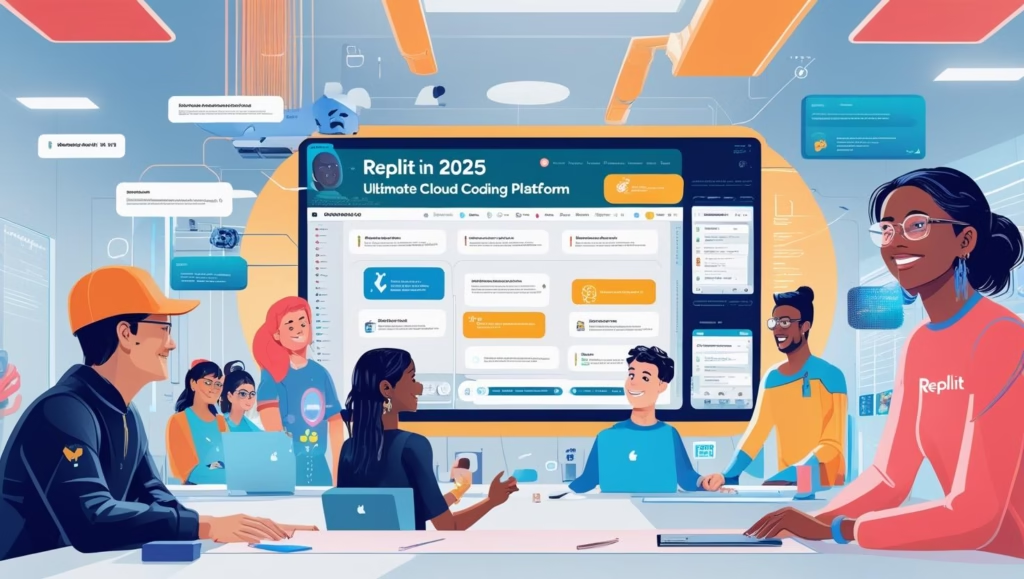AutoKeras in 2025: Empowering the Next Generation of Automated Deep Learning
Introduction: AutoKeras and the Rise of Automated AI
The AI revolution has entered a new era-one where automation, accessibility, and scalability define the leaders. In this landscape, AutoKeras stands out as a transformative force, democratizing deep learning and making advanced AI capabilities available to everyone, from seasoned data scientists to business analysts and hobbyists. As organizations grapple with ever-growing datasets and the need for rapid, reliable insights, the demand for automated machine learning (AutoML) solutions has never been higher. AutoKeras, with its latest AI tool release, is at the forefront of this movement, offering a powerful, user-friendly platform that simplifies and accelerates the journey from raw data to production-ready models.
AutoKeras: Company Background, Mission, and Product Strategy
The Story Behind AutoKeras
AutoKeras is an open-source AutoML library developed by researchers at Texas A&M University and supported by a vibrant global community. Its mission is clear: to automate the complex, time-consuming aspects of deep learning model development, making state-of-the-art AI accessible to all5. By focusing on automation, flexibility, and extensibility, AutoKeras has become a cornerstone tool for anyone looking to harness the power of deep learning without the steep learning curve.
Product Strategy: Automation Meets Customization
AutoKeras fits into the broader AI ecosystem as a bridge between cutting-edge research and real-world application. Its product strategy revolves around:
- Automating neural architecture search (NAS) to find the best model for a given task.
- Simplifying hyperparameter tuning for optimal performance.
- Supporting a wide range of tasks-from image and text classification to regression and time-series forecasting.
- Ensuring scalability and integration with popular frameworks like TensorFlow and Keras, and enabling deployment across platforms, including mobile and embedded devices.
The latest release of AutoKeras in 2025 further enhances these pillars, introducing new features that streamline workflows and expand its reach to even more users and use cases.
Core Features, Use Cases, and Unique Capabilities
What Makes AutoKeras Stand Out?
1. User-Friendly Interface
AutoKeras is designed for simplicity. Its intuitive API allows users to build, train, and deploy deep learning models with just a few lines of code. Whether you’re a data scientist or a business analyst, you can quickly get started without deep expertise in neural network design.
2. Automated Neural Architecture Search (NAS)
One of AutoKeras’s standout features is its ability to automatically search for the best neural network architecture for your data and task. This is a game-changer, as it removes the guesswork and manual labor traditionally required in deep learning projects.
3. Hyperparameter Tuning
AutoKeras automates the process of finding the optimal hyperparameters (like learning rate, number of layers, activation functions), using advanced techniques such as Bayesian optimization. This ensures that models are not just functional, but high-performing.
4. Transfer Learning Support
The platform supports transfer learning, allowing users to leverage pre-trained models and adapt them to new tasks. This is especially valuable when working with limited data or when rapid prototyping is required.
5. End-to-End Workflow Automation
From data preprocessing to model deployment, AutoKeras covers the entire deep learning workflow. It integrates seamlessly with TensorFlow, Keras, and can export models to JavaScript (for browser use) or TensorFlow Lite (for mobile and embedded applications).
6. Customizability and Extensibility
While AutoKeras automates much of the process, it also offers flexibility for advanced users to customize architectures, add layers, or fine-tune hyperparameters, striking a balance between automation and control.
Real-World Use Cases
- Image Classification: Automates the design of convolutional neural networks (CNNs) for tasks like medical imaging, quality control, and facial recognition.
- Text Classification: Builds and optimizes models for sentiment analysis, spam detection, and document categorization.
- Regression: Predicts numerical values, such as sales forecasting or risk assessment.
- Time-Series Forecasting: Analyzes trends and patterns for financial, energy, or weather predictions.
- Transfer Learning: Adapts pre-trained models for custom applications, reducing development time and resource requirements.
Evaluating AutoKeras: Performance, User Experience, Integration, Scalability, and Ethics
Performance
AutoKeras delivers strong performance across a variety of deep learning tasks. Its automated NAS and hyperparameter tuning consistently yield models that match or even surpass those designed by human experts, especially for standard tasks like image and text classification. In benchmark tests and real-world deployments, users have reported significant reductions in development time without compromising model accuracy.
Analogy:
Think of AutoKeras as a self-driving car for AI model development: you set the destination (your task and data), and AutoKeras navigates the fastest, safest route, adjusting to roadblocks and optimizing the journey in real time.
User Experience
The platform’s user-centric design is one of its greatest strengths. With just a few lines of code, users can launch complex deep learning experiments. The documentation is comprehensive, and the community support is robust, making it accessible to both technical and non-technical users. The ability to customize models also means that power users aren’t boxed in by automation.
Integration
AutoKeras integrates natively with TensorFlow and Keras, the leading frameworks in the deep learning world. It supports exporting models to JavaScript for browser-based inference, and to TensorFlow Lite for deployment on iOS, Android, and embedded systems. This flexibility ensures that models built with AutoKeras can be deployed wherever they’re needed, from cloud servers to edge devices.
Scalability
Designed for both small-scale experiments and large-scale production systems, AutoKeras can handle datasets and workloads of varying sizes. Its efficient search algorithms and support for distributed computing make it suitable for enterprise environments as well as academic research.
Ethical Considerations
AutoKeras, as an open-source project, is transparent in its operations. However, as with any automated AI tool, ethical considerations around data bias, explainability, and responsible deployment remain important. Users are encouraged to validate model outputs and ensure that data used for training is representative and unbiased.
Comparative Analysis: AutoKeras vs. Other Leading AI Tools
The Competitive Landscape
The AutoML and deep learning space is crowded with powerful solutions. Let’s compare AutoKeras to some of the most prominent alternatives in 2025:
| Tool/Platform | Strengths | Weaknesses | Best Use Cases |
|---|---|---|---|
| AutoKeras | Automated NAS, user-friendly, customizable, strong TensorFlow/Keras integration, transfer learning, scalable | Limited advanced interpretability tools, less suited for highly specialized architectures | Image/text classification, rapid prototyping, transfer learning |
| Google AI Studio | Tight Google Cloud integration, scalable, broad AutoML support | More complex UI, less customizable for experts | Enterprise AutoML, cloud-native deployments |
| DeepSeek | Real-time analytics, customizable dashboards, strong API integration, security | Focused on analytics, less on deep learning model automation | Predictive analytics, business intelligence |
| DataRobot | Advanced explainability, automated feature engineering, enterprise integrations | Higher cost, steeper learning curve | Enterprise ML, regulated industries |
| ChatGPT, Claude, Gemini, Copilot | Conversational AI, general-purpose, creative content generation | Not focused on deep learning model automation | Virtual assistants, content creation, Q&A |
Expert Roundups:
- Synthesia’s Best AI Tools 2025 highlights AutoKeras for its ease of use and automation in deep learning.
- WebAsha’s AI Tools Comparison praises AutoKeras’s balance of automation and customizability.
- Intellipaat’s Top AI Tools recommends AutoKeras for developers seeking fast, efficient model development without deep expertise.
Unique Value and Limitations of AutoKeras
Unique Value
- Automation with Flexibility: AutoKeras automates the hardest parts of deep learning while still allowing user control.
- Accessibility: Its intuitive design opens up advanced AI to non-experts, accelerating innovation across industries.
- Integration and Deployment: Models can be exported and deployed across platforms, from browsers to mobile devices.
- Community-Driven: As an open-source project, it evolves rapidly and benefits from global contributions.
Limitations
- Interpretability: While AutoKeras produces high-performing models, it offers fewer built-in tools for model interpretation compared to some enterprise-focused platforms.
- Specialized Architectures: For highly specialized tasks, manual model design may still outperform automated approaches.
- Resource Requirements: Automated NAS and hyperparameter tuning can be computationally intensive for very large datasets.
Actionable Recommendations
- For Beginners and Non-Experts: Start with AutoKeras to quickly prototype and deploy deep learning models without needing deep technical knowledge.
- For Data Scientists: Use AutoKeras for rapid experimentation and baseline models, then customize as needed for specialized tasks.
- For Enterprises: Leverage AutoKeras’s scalability and integration features to accelerate AI adoption across teams and projects.
- For Researchers: Contribute to the open-source project and use AutoKeras as a platform for testing new ideas in automated model design.
Conclusion: The Future of AutoKeras in Automated Deep Learning
As AI continues to permeate every industry, the need for accessible, efficient, and scalable deep learning solutions will only grow. AutoKeras, with its latest advancements, is poised to remain a leader in the AutoML space. Its blend of automation, flexibility, and community-driven innovation ensures that it will continue to empower users at every level, making AI’s promise a reality for all.
Further Reading
- AutoKeras Official Documentation
- AutoML with AutoKeras: Examples and Tutorials
- Step by Step Guide to Learning AutoKeras for Deep Learning (2025)
- Top AI Tools 2025: Every Developer Should Use
- AutoKeras vs. Google AI Studio: 2025 Comparison
- Intellipaat: Top AI Tools 2025
What has your experience been with AutoKeras or other AutoML tools? Share your thoughts and questions in the comments below!
Keywords: AutoKeras, automated machine learning, AutoML tools, deep learning automation, neural architecture search, hyperparameter tuning, AI model automation, deep learning for beginners, AI deployment, transfer learning, scalable AI, open-source AI tools, AutoKeras 2025, AI for developers, AI model optimization, AI ethics, AI in business, AI tools comparison
Disclaimer: Transparency is important to us! This blog post was generated with the help of an AI writing tool. Our team has carefully reviewed and fact-checked the content to ensure it meets our standards for accuracy and helpfulness. We believe in the power of AI to enhance content creation, but human oversight is essential.





